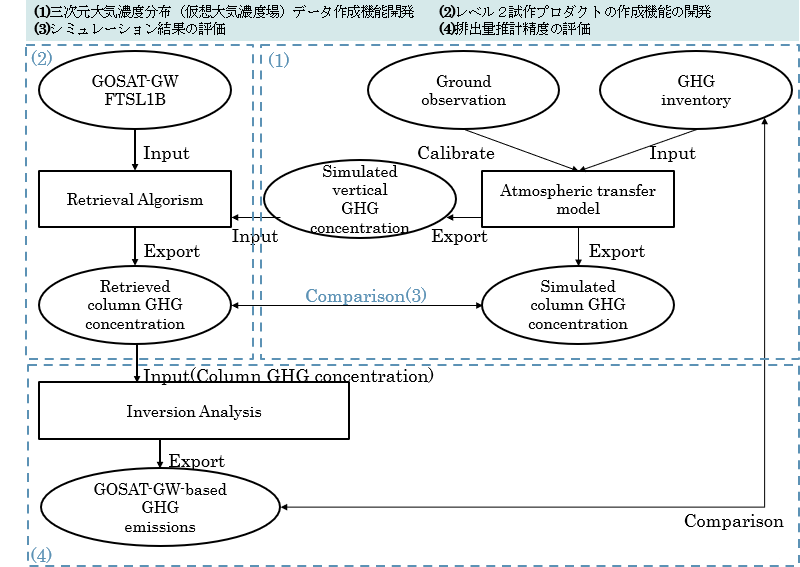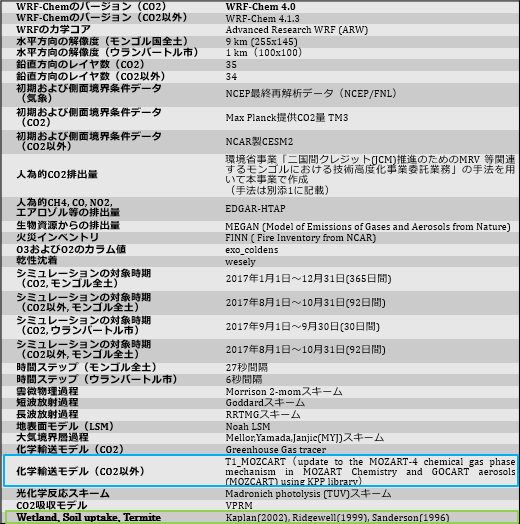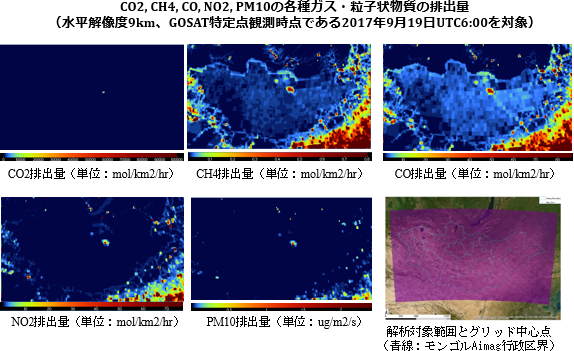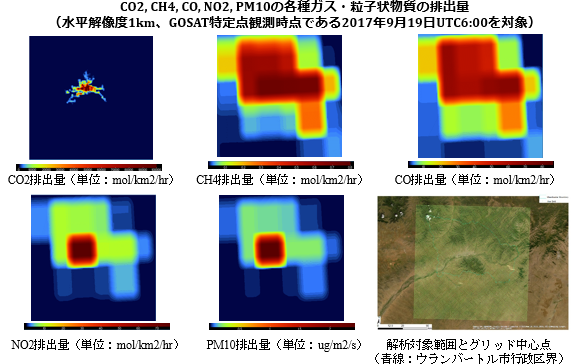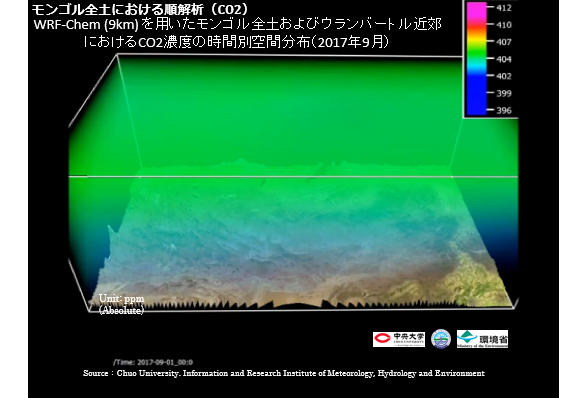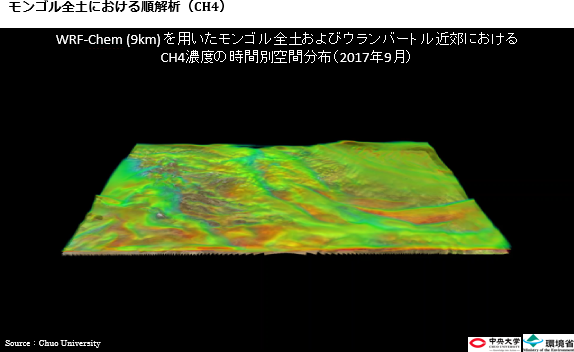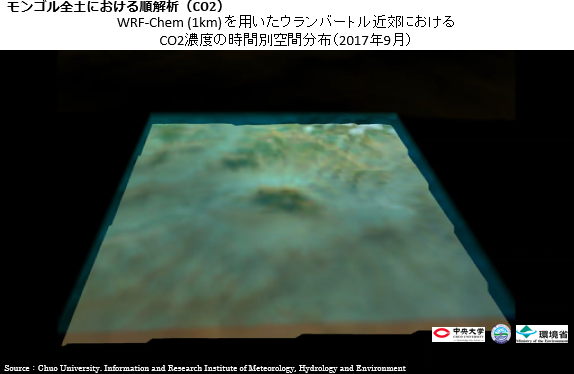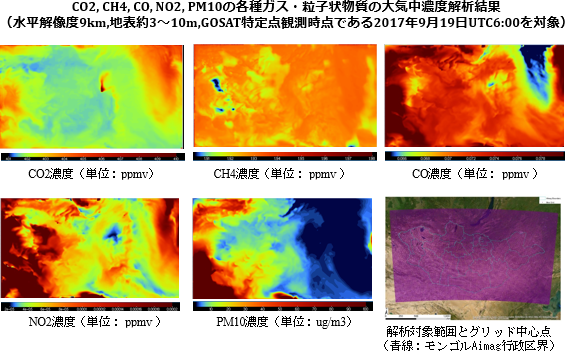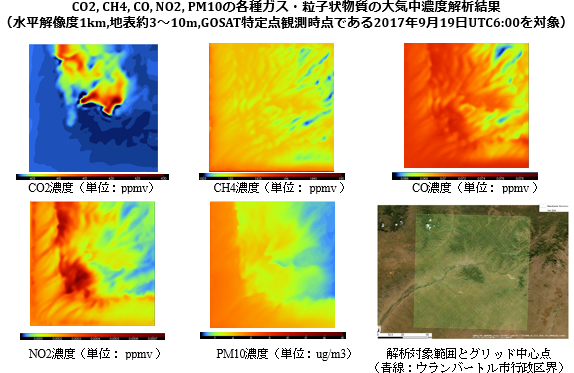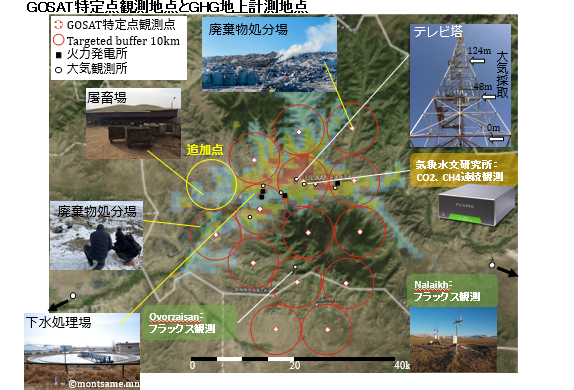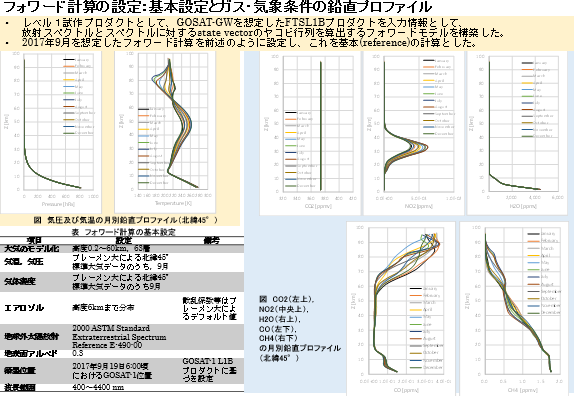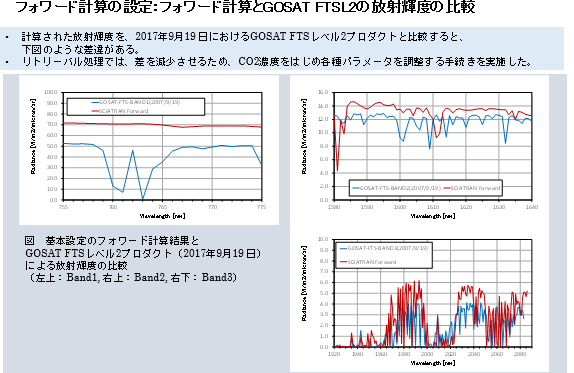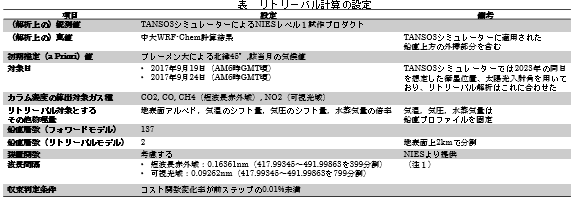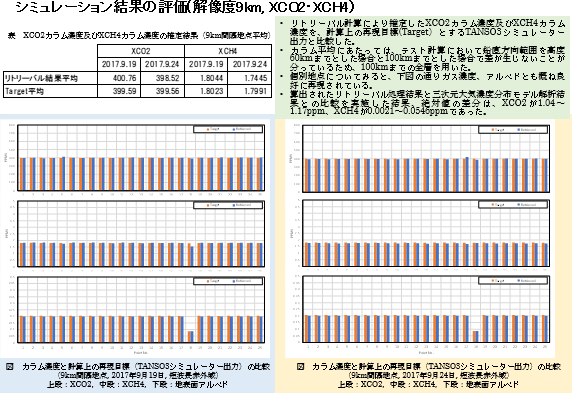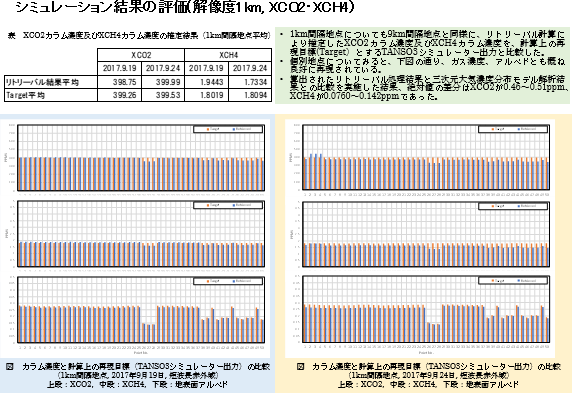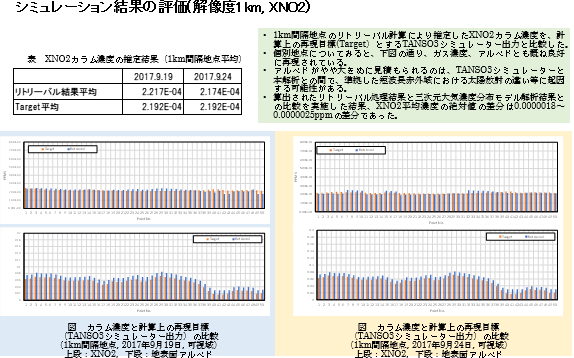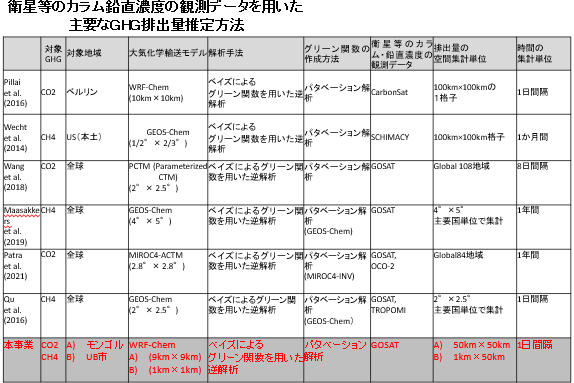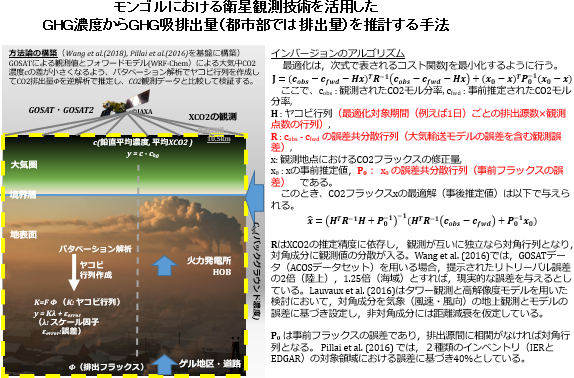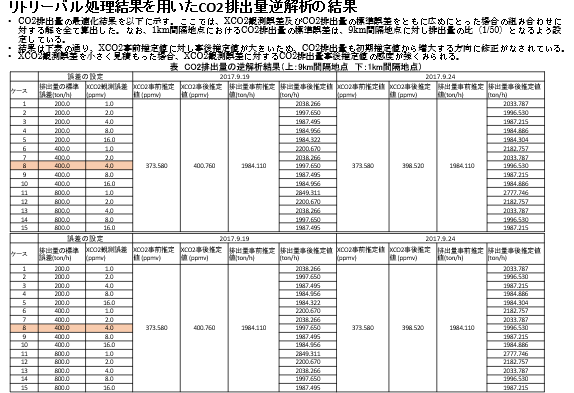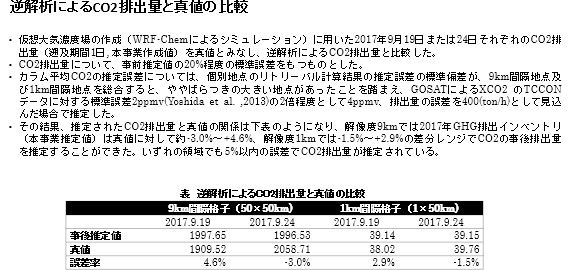To date, the National Institute for Environmental Studies (NIES), in collaboration with the Ministry of the Environment and the Japan Aerospace Exploration Agency (JAXA), has developed the world’s first dedicated greenhouse gas observation satellite, the Greenhouse gases Observing Satellite “IBUKI” (GOSAT). Launched in 2009, IBUKI has continued to observe beyond its expected lifespan of 5 years, now surpassing 11 years. The data collected has revealed increasing global concentrations and distribution changes of major greenhouse gases, such as carbon dioxide and methane, even with seasonal fluctuations. This crucial information is disseminated worldwide by NIES.
Given the unabating rise in greenhouse gas concentrations, the Ministry of the Environment, NIES, and JAXA developed GOSAT-2, a successor to GOSAT, to continue its mission and contribute to understanding the effectiveness of international greenhouse gas emissions reduction policies aimed at achieving the goals of the Paris Agreement. GOSAT-2 was launched in October 2018 and began regular operations in February 2019, with product distribution to the public starting in August 2019. There is international demand for continued global greenhouse gas observation beyond GOSAT-2’s designed lifespan of 5 years.

